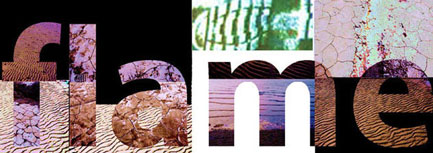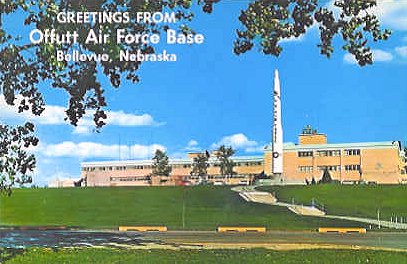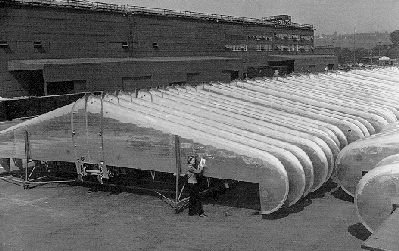
Co-editors: Seán Mac Mathúna • John Heathcote
Consulting editor: Themistocles Hoetis
Field Correspondent: Allen Hougland
Onwards to Armageddon !

The deep bunkers of Offutt Air Force Base, Nebraska, where Bush fled to on September 11th.
The Bush Administration's moves towards nuclear conflict


